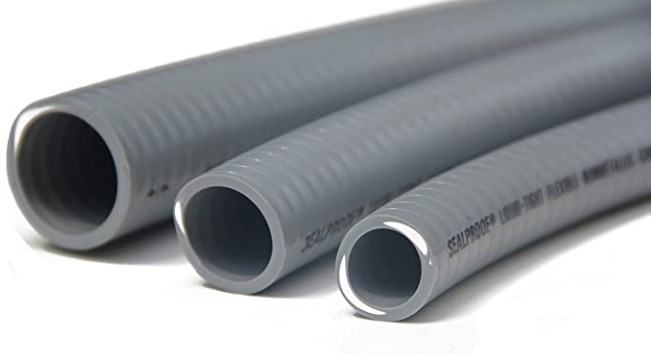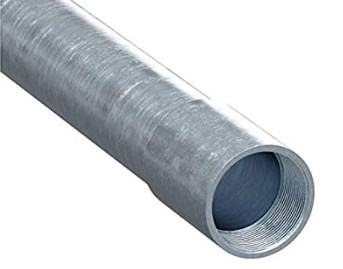No products in the cart.
Barn
What Size Electrical Wire To Run To Shed?
Running power to shed would be a piece of cake to electricians but to amateurs, it is requisite to read some guides before getting started. This article will mainly focus on options for running power, voltage drop, the conduit, what type, and what size wire to run to shed.
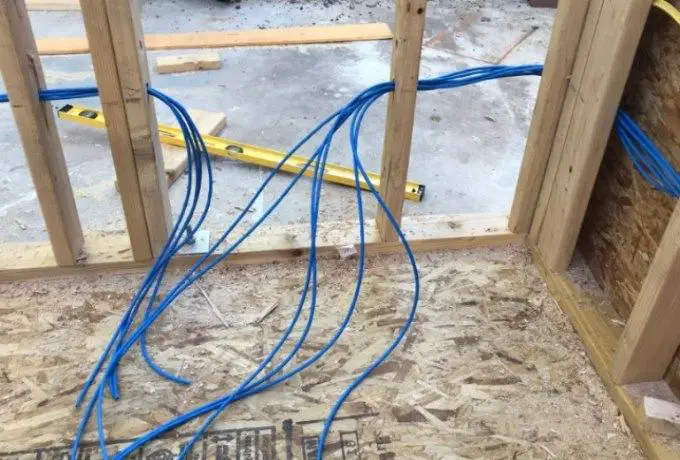
*This post may have affiliate links, which means I may receive commissions if you choose to purchase through links I provide (at no extra cost to you). As an Amazon Associate I earn from qualifying purchases. Please read my disclaimer for additional details.
Options for running power to shed
-
Extension cord
Extension cord seems to be the most popular approach that people opt for running power to their shed as it is cost-effective, simple to install and remove, and no permit is needed.
Yet its disadvantages are that they are not long-lasting, might not be able to stand up to bad weather and ground hazards.
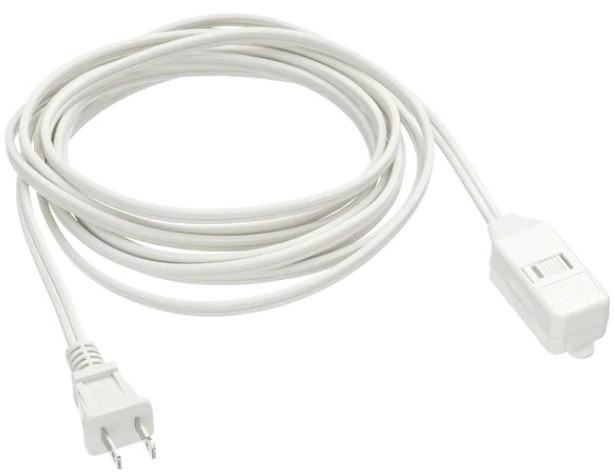
Furthermore, an extension cord is not considered as a permanent power source, therefore, it is a minus point if you plan to sell your house later on as most buyers tend to lay much emphasis on whether your shed is properly wired.
-
Cable above ground
It is suggestive to bury or hang electrical wires up overhead, especially out of reach of children. Also, it will be a permanent option for shed power if your accommodation does not allow you to bury cable or wire underground.
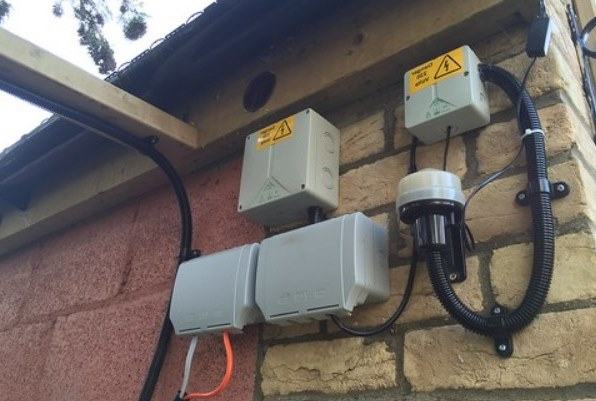
However, you may need to get an electrician to have it done as this method requires a permit and heavier gauge wire than burying it.
Though not typical, this is a feasible option.
-
Direct burial
In contrast to the cable above ground, direct burial cable requires simple installation. Moreover, it is cost-saving as the cable will be buried directly in the ground without conduit.
Also, it is a perfect choice for different soil types in which the wire casing is thicker, can prevent water and establish a fairly stout connection between home and shed.
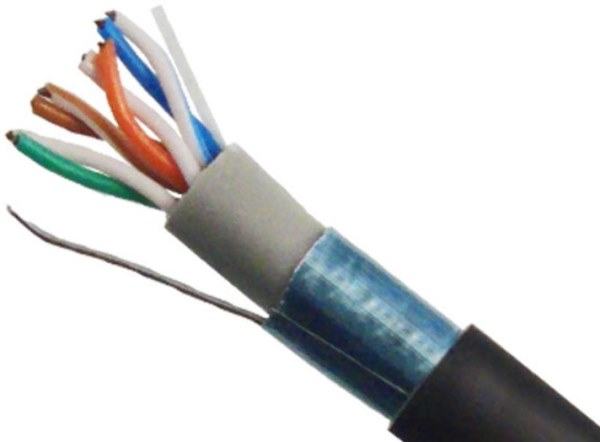
But it is quite vulnerable to damaging effects of earth movement. It is easier to replace conduit rather than direct burial cable.
-
Underground conduit
Wire Encased in PVC Conduit runs inside PVC tubing, which passes through a header, masonry, parts of your home. It then extends underground and unbroken, all the way to the switch in your shed.
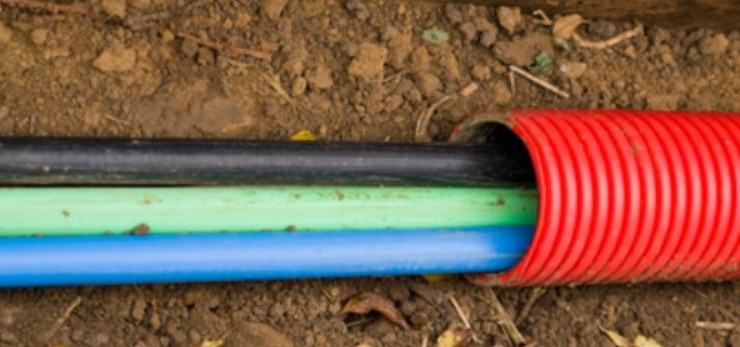
It works best in areas of potential high traffic or digging as there is an added layer of protection. Plus, it is not difficult to change wire in conduit.
On the downside, it is expensive and the installation takes much time.
Read more: Top 5 Best Shed Kit to storage
Voltage drop when wiring shed
Voltage drop is a loss of voltage, which happens as it runs through the wire and is the result of the resistance of conductors. The more conductors you have, the greater the voltage drop.
In addition, when it comes to underground wire, the wire length, size and material are factors that might lead to voltage drop. The longer the wire, the greater the decrease in voltage.
Larger-diameter wires offer less resistance than smaller-diameter wires. What wire is made of also affects the resistance as some materials are better conductors than others.
Basically, the voltage drop in households is minimal. The NEC recommended drop is within 3%. But if there are more than 100 feet of the distance involved in running wire, the voltage drop becomes an issue.
Excessive voltage drop means that electrical and electronic devices are not able to function properly and efficiently as they are supposed to be. It is also a waste of electricity as a considerable amount of energy is lost for nothing. It causes unsatisfactory performance, unnecessary wear, and even premature failure of electrical equipment.
What types and what size electrical wire to run to shed?
Household wire comes in many different types and you need to choose the one with suitable size, length, and material to run to your shed.
To minimize voltage drop, the first thing to consider is wire gauge which is the thickness of the metal within the wire. The heavier the gauge, the larger the load that can go through.
Though copper wire offers lower resistance than aluminum wire, copper is still an accepted and common option. If you decide to use copper, you need to spend more on thicker gauge wire.
The following table clearly shows the maximum lengths of cable for the given wire size (AWG) and circuit voltage that you can apply without exceeding a 3 percent voltage drop. Take a 120-volt circuit for example, you can run 60 feet of 12 AWG cable while maintaining the NEC recommended voltage drop, 3%.
| For 120-volt circuits | For 240-volt circuits | ||
| 14 AWG | 50 feet | 14 AWG | 100 feet |
| 12 AWG | 60 feet | 12 AWG | 120 feet |
| 10 AWG | 64 feet | 10 AWG | 128 feet |
| 8 AWG | 76 feet | 8 AWG | 152 feet |
| 6 AWG | 94 feet | 6 AWG | 188 feet |
What about the Conduit?
If direct burial cable is not included in your preferences and the area you are going to run wire is a wet, cold, and busy environment, the conduit may be what you are looking for.
PVC conduit is affordable and easy to cut. The main disadvantage with PVC is that according to NEC, it must be buried at least 18″ deep. This could be a challenge if you have nobody but yourself, a shovel, and a 150′ trench to dig.
Another possible choice is wire in Rigid Metal Conduit. Firstly, it only needs to be 6″ deep. The metal material makes it lightweight and more durable than PVC. Also, it is suitable to run in a trench with many bends and curves. The downside is that rigid metal costs more money and would involve multiple fittings.
Do not forget that you will have to pull the wire through the conduit, so a wider conduit enables your wire to run through easier.
A higher PVC schedule is advised if you are setting up PVC conduit in areas prone to damages. It will be harder to pull your wire, so upgrading the diameter of the conduit is highly recommended.
Conclusion
No matter what wire you choose to run to shed, the voltage drop is inevitable. Moreover, it is less likely to happen with indoor wiring rather than outdoor circuits due to the differences in length. Given that, thorough consideration of appropriate material, type, and size wire to run to shed can help minimize the loss of voltage remarkably.
